
Great content wins when it matches intent and ships fast.
This guide shows how content writing tools for SEO help you plan smart, draft clean, and publish with less friction. We’ll look into three different types of tools, why they matter, and the top options you can choose from.
Use this guide to secure faster organic growth in 2025 and beyond.
A few on‑page wins can compound when most searches happen on one engine.
According to Statcounter research, Google’s global search share remains dominant. In August 2025, Google held 89.83% worldwide, which is why small gains in intent match, structure, and clarity can pay off.
These tools help you plan around intent, create a clear structure, and reduce publish‑time mistakes. They also standardize briefs and eliminate busywork, allowing teams to focus on quality.
In parallel, AI writing assistant features are now table stakes. Every day, there’s a new tool on the market that promises to automate and write everything for you.
But the reality isn’t that simple. You still need consistent human review and edits. The upside is that AI speeds up outlines, ideas, and quick rewrites.
The most reliable approach combines AI SEO writing with concise briefs, thorough checklists, and clear SEO recommendations. That mix helps you scale without losing trust and sounding like everyone else who’s publishing unedited AI content.
McKinsey’s 2025 survey found 78% of organizations use AI in at least one function, with high adoption in marketing and sales. Not all content writing tools for SEO use AI, and some may be better than others for you and your niche.
The right ones will help shrink your team’s operation time and costs so you can focus more on scalable growth.
There are three types of content writing tools for SEO:
Let’s look at some of the top options in each category.
These include Semrush, BuzzSumo, Frase, and MarketMuse.
Semrush is a full‑suite platform with a vast range of SEO planning tools.
It includes Topic Research and templates that map to target keywords. Teams can share projects, manage permissions, and export reports that sync with planning boards. The Writing Assistant add‑on gives real‑time content analysis in the editor.

Use Semrush alongside your content planning tools to schedule content and build outlines.
Start with a seed term or core keyword, such as “French desserts”. Use Topic Research to find long-tail keyword opportunities. Look at their search volumes and the questions that people ask.
Then turn this into a content brief with headings and angle ideas. Confirm intent from the SERP and prune terms that have a low business fit.
Pricing: Starts at paid plans with tiered upgrades.
Best for: Agencies and teams that need one place to research keywords, plan clusters, and benchmark competitors.
BuzzSumo helps you discover winning topics, analyze competitor performance, and find creators who can amplify your content marketing.
Its dashboards surface engagement signals that guide content strategies. Use alerts to track what the market is sharing right now. This helps you stay on top of your niche.

Validate ideas against engagement benchmarks. Then cross‑check with search results to confirm intent.
Use “Evergreen” and “Trending” to balance quick wins with durable plays.
If your plan includes smart hooks or link baiting, BuzzSumo helps you spot formats and angles that already attract engagement. Save the best findings to a project. Share them with writers so they can match the pitch and outline.
Pricing: Starts at paid plans; free trial available.
Best for: Marketers who want data‑backed ideas and competitor benchmarks before writing blog posts.
Frase turns Google SERP analysis into a practical content brief. It pulls headings, questions, and entities from the search engine results page. You can outline SEO-optimized creative content fast. Writers and editors can comment in the same document.
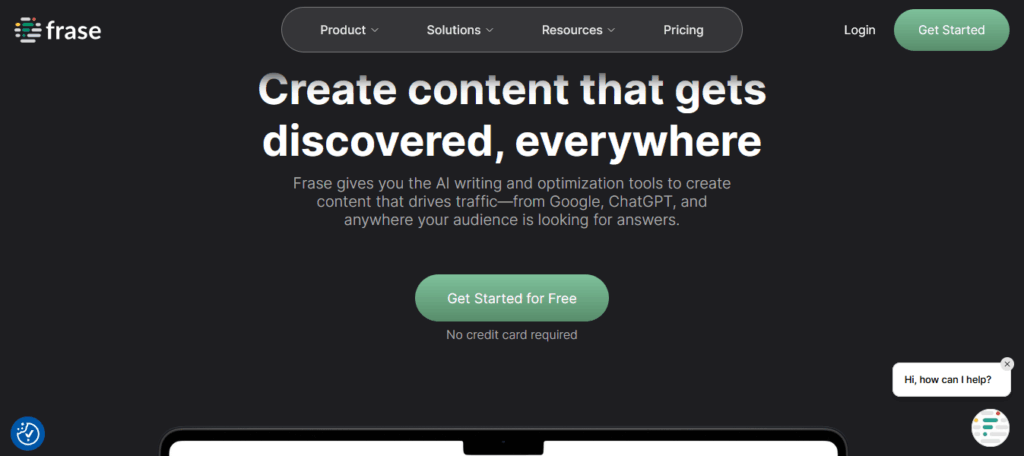
Start by entering a target keyword and reviewing the SERP outliers. You can also see the top competing articles and their outlines.
Next, generate an outline with common subtopics and FAQs. Paste your draft and adjust keyword density and coverage until you hit on‑page targets.
Pricing: Starts at paid plans; pro add‑ons available for higher content generation limits.
Best for: Teams that want fast SERP‑driven briefs and a single workspace to draft and optimize written content.
MarketMuse uses semantic models and machine learning to map topics that grow search traffic. It scores coverage depth and suggests supporting pages that build topical authority.
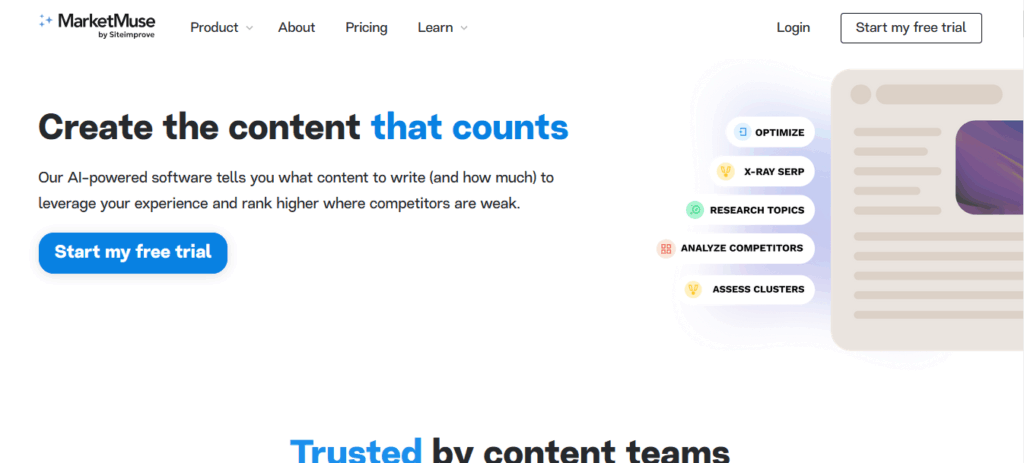
Audit a page or cluster. Then find content gap analysis opportunities.
Prioritize updates that strengthen internal architecture and search engine rankings. For deeper research on long-tail keywords and source material, pair topic maps with assistants that verify claims before drafting.
Close with a short summary of what changed and why. That note helps editors schedule follow‑ups.
Pricing: Free tier available; paid plans start with entry‑level options.
Best for: Content teams building long‑term authority in competitive niches.
These include Jasper, Grammarly, and Google Docs.
Jasper is an AI writing assistant for marketing teams. It helps with AI content generation across formats. It includes brand voice control options to help keep tone and style consistent. Projects and approvals make large campaigns easier to manage.

Feed target keywords and outline points from your content brief. Then generate sections and refine with human oversight for accuracy and differentiation. Use a content marketing SEO checklist to keep QA tight and optimize for publishing.
Pricing: Starts at the Pro plan; business plans available.
Best for: Teams that want to scale first drafts while keeping messaging on brand and compliant with SEO recommendations.
Grammarly improves clarity, tone, and consistency so your written content is easy to read. It flags passive voice and wordiness. It suggests concise rewrites to improve clarity, engagement, and delivery.
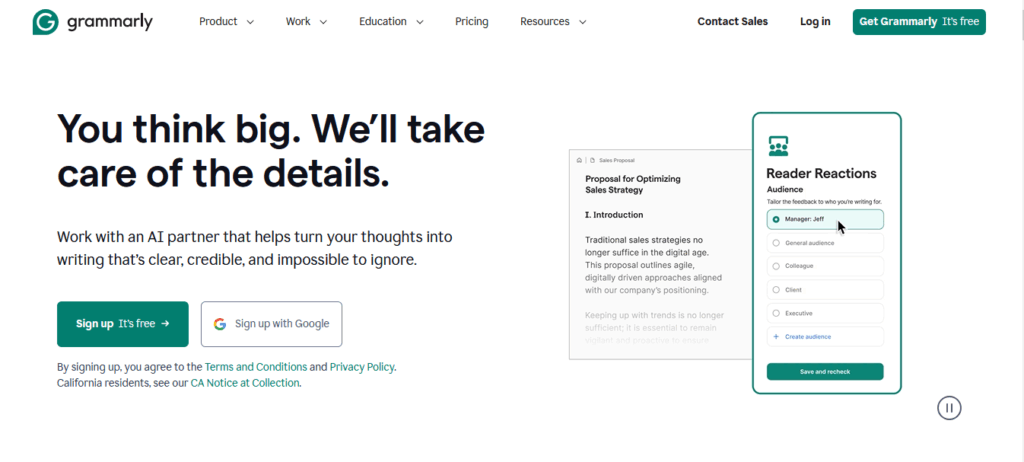
Run Grammarly on every draft. Aim to lower the reading grade and polish sentences before optimization.
After that, use a plagiarism checker, and AI scans for editorial confidence to ensure your content is original and meets quality standards. Optimize your process by tracking common errors. Then add them to a style guide so the team avoids repeated mistakes.
Pricing: Starts at paid plans; free tier available.
Best for: Writers and editors who want simple, real‑time quality control before SEO briefs.
Google Docs keeps collaboration simple while you draft blog posts with reviewers. Real‑time edits and comments reduce confusion. Version history and offline mode improve access for distributed teams.
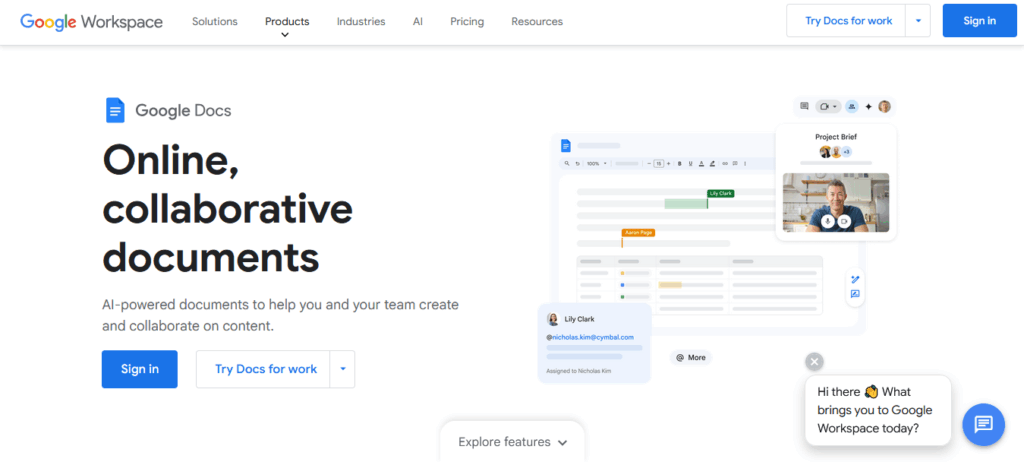
Draft in Docs and collect feedback inline. Keep your final content brief and checklist attached to the file. If you’re starting a WordPress blog, use Google Docs, as it helps keep you focused on the content without worrying about page layout.
Pricing: Free for most users; paid tiers with advanced options via Google Workspace.
Best for: Distributed teams that need a frictionless writing hub with minimal training.
These tools include Surfer SEO, Clearscope, SE Ranking, Rank Math, and Wordable.
Surfer SEO aligns your draft with top search results using a real‑time content editor. It suggests terms, headings, and internal linking suggestions that improve on‑page SEO.
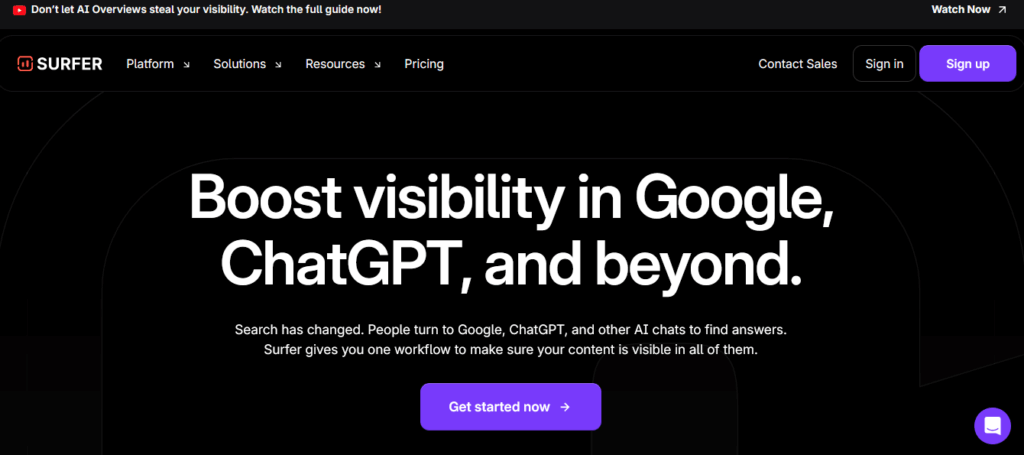
Paste your draft. Then, tune coverage and content structure. Apply SEO recommendations until your score stabilizes. Re‑run audits after big updates to confirm the page still matches intent.
Pricing: Starts at paid plans with scale tiers.
Best for: Teams that want actionable on‑page guidance inside the writing flow.
Clearscope is one of the Surfer SEO alternatives. It gives coverage scoring and guidance so your article matches intent without stuffing. Editors can share reports and coordinate updates.
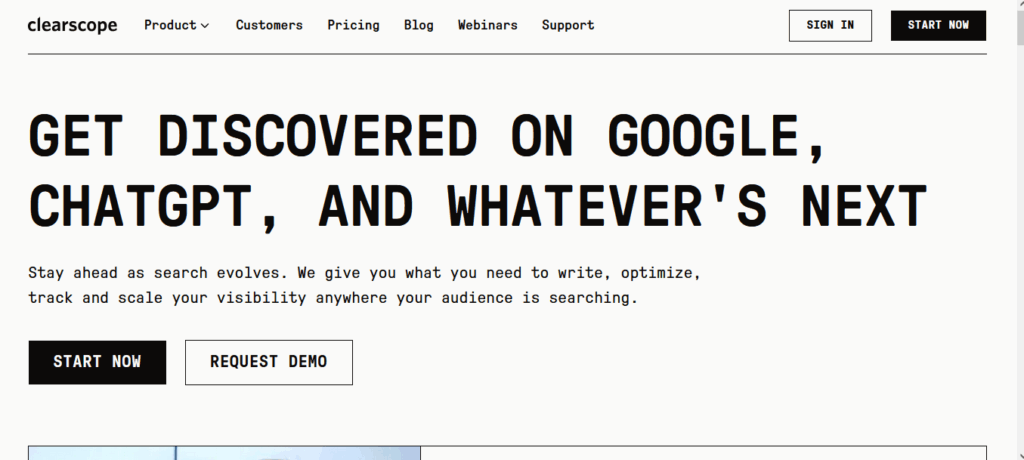
Optimize sections against Clearscope’s report. Confirm intent and keep the content structure tight. Share the report so everyone works from the same scorecard. Revisit the report after publishing to see how updates affect coverage.
Pricing: Starts at paid plans; month‑to‑month options available.
Best for: Teams that want a simple, writer‑friendly optimization platform.
SE Ranking Content Editor brings AI SEO writing, SEO briefs, and an on‑page score into one workspace. It helps you match drafts with search engine expectations. Collaboration keeps reviews in one place.
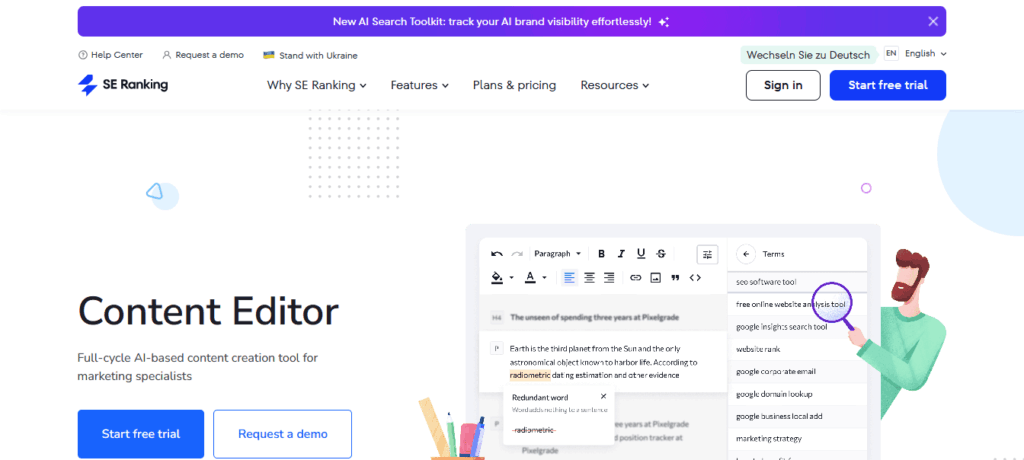
Draft inside the editor or paste your copy. Next, follow SEO recommendations to hit the score target. Track your search engine rankings as you publish new pages and updates.
Use versioning to track changes and how these revisions affect SEO scoring. Schedule a monthly review and use assignments to keep owners accountable.
Pricing: Starts as a content marketing add‑on with flexible tiers.
Best for: SE Ranking users who want an integrated research‑to‑publish workflow with clear scoring.
Rank Math is a WordPress SEO plugin focused on performance and granular controls. The setup wizard shortens onboarding for new sites. Content AI offers suggestions that keep writers focused.

Set defaults and use suggestions to finalize posts. Use the technical SEO features combined with the on-page check to optimize for ranking and accessibility.
Pricing: Free core plugin; paid plans available.
Best for: WordPress power users who want more control and advanced SEO capabilities.
Wordable puts your Google Docs on steroids. It streamlines content production by exporting from Google Docs to your WordPress blog in seconds. This way, you avoid copy and paste and reformatting.
With Wordable, you choose styles and settings once. You can automate headings, links, images, tables, and spacing. Bulk export, per‑post defaults, and image handling remove hidden steps that slow teams.
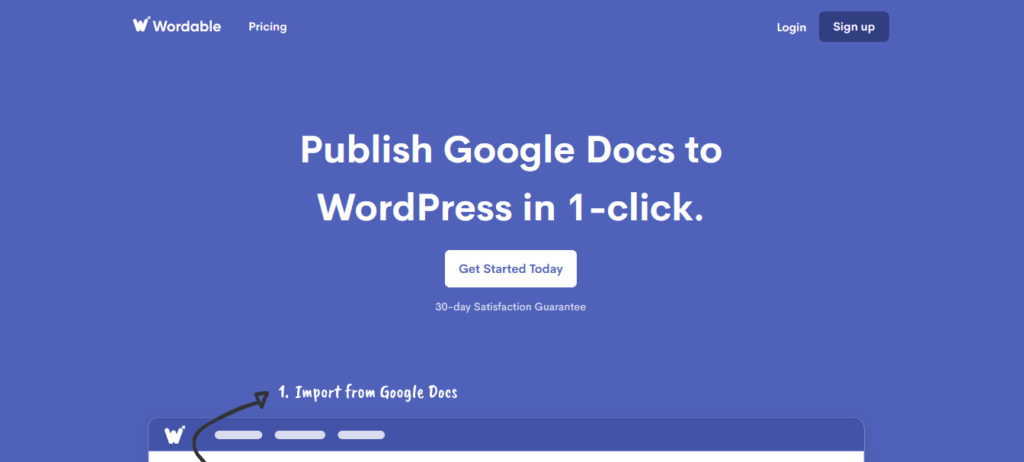
Use Wordable to speed up SEO content production from draft to live URL.
Set up Wordable and start drafting in Google Docs. When your post is approved by your editor, export to WordPress with your styles and defaults. You avoid broken formatting and manual cleanup. After export, do a quick visual QA and ship.

Pricing: Paid plans with a satisfaction guarantee.
Best for: Agencies and content teams that publish often, want to save hours per post, and need consistent, SEO‑ready formatting across multiple WordPress sites.
Great content wins when it matches intent, reads clean, and ships fast. The right content writing tools for SEO help you do all three. Start by looking at your SOPs, finding bottlenecks, and seeing which tools above can help optimize your workflow.
And if you want to publish from Google Docs to WordPress in seconds without reformatting, try Wordable.